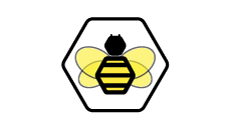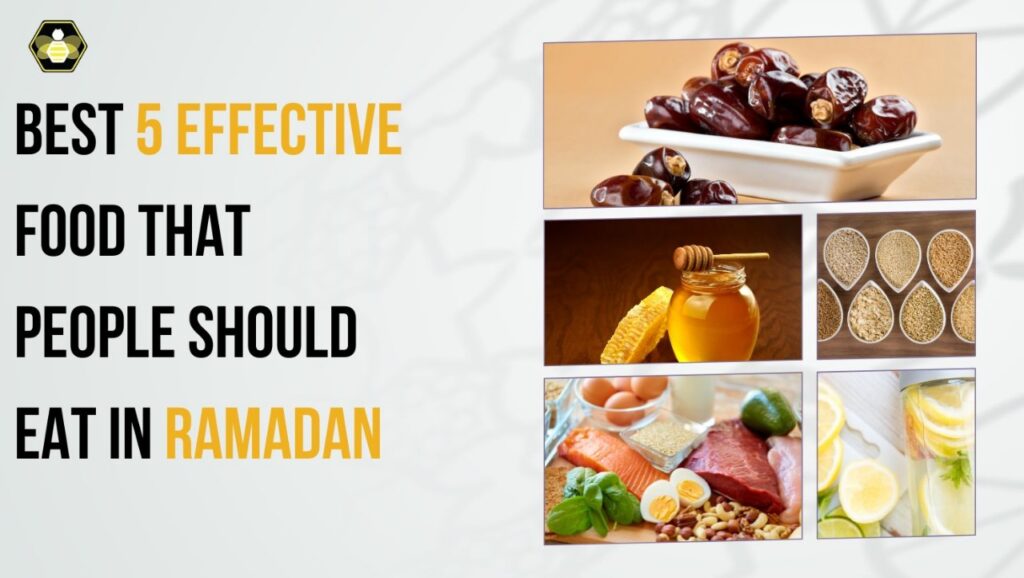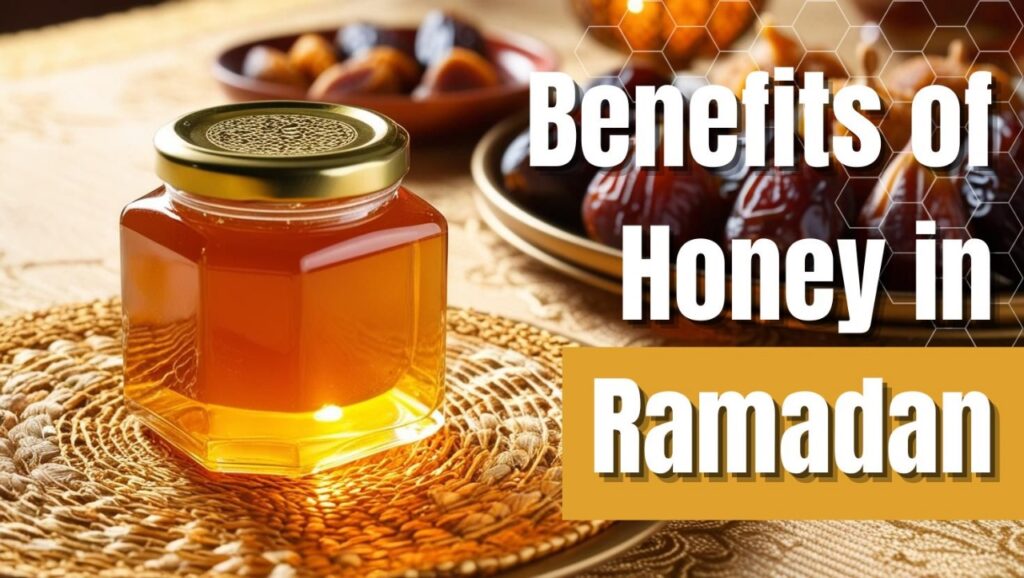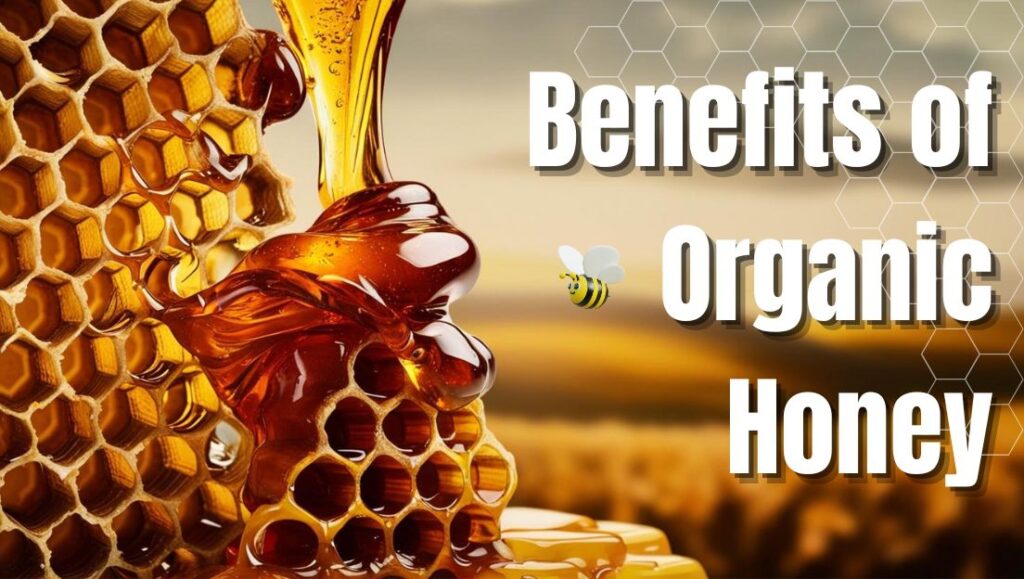Does pure honey crystallize? This is a common question among honey lovers, and at buzzinbeez.com, we’re passionate about bringing you the purest, most authentic honey from Pakistan’s pristine landscapes. You might have noticed a change in your jar of honey over time – it becomes thick, cloudy, and even grainy. This natural phenomenon is called crystallization, and it often raises concerns. Does it mean the honey has gone bad? Is it no longer pure? This comprehensive blog post delves into the science behind honey crystallization, exploring why pure honey crystallizes, what it means about the honey’s quality, how to prevent or reverse it, and ultimately, reassuring you that crystallization is often a sign of real, unadulterated honey, exploring why it happens, what it means about the honey’s quality, how to prevent or reverse it.
Understanding Honey’s Composition: The Science Behind Pure Honey Crystallization
To understand why Does Pure Honey Crystallizes, we need to look at its composition. Honey is primarily a concentrated solution of sugars, mainly fructose and glucose, in water. The ratio of these sugars varies depending on the floral source, influencing the honey’s properties. Fructose is more soluble than glucose. This means that more fructose can dissolve in water compared to glucose.
Glucose, a type of sugar found in honey, tends to separate from the water and form crystals, giving crystallized honey its grainy texture. Fructose, another sugar present in honey, remains in the liquid state. Honey with a higher fructose content crystallizes more slowly or not at all. If you want to learn or read more about the difference between them, see this article on glucose vs fructose.
Because honey is supersaturated (meaning it contains more sugar than the water can hold at room temperature), it’s naturally unstable. Over time, the glucose separates from the water and forms crystals, leading to crystallization.
Why Does Pure Honey Crystallize? Factors at Play
Several factors influence the crystallization process:
- Sugar Composition: As mentioned earlier, the ratio of fructose to glucose is the primary factor. Honey with a higher glucose content will crystallize more readily.
- Temperature: Cooler temperatures accelerate crystallization. Storing honey in a cool place, especially the refrigerator, will speed up the process. Conversely, warmer temperatures can slow it down.
- Pollen Content: Raw, unfiltered honey contains pollen, which can act as a seed for crystallization. The more pollen present, the faster the honey may crystallize. This is one reason why filtered honey tends to crystallize less.
- Processing: Filtering honey removes pollen and other particles, which can delay crystallization. However, excessive heat treatment during processing can also damage the honey’s beneficial enzymes and other compounds.
- Container: The type of container can also play a role. Honey stored in a container with a small opening may appear to crystallize more quickly because the crystals are more concentrated in a smaller area.
Crystallization: A Sign of Purity, Not Spoilage
One of the most important things to understand is that crystallization is often a sign of pure, raw honey. It indicates that the honey has not been heavily processed or adulterated with other substances. Here’s why:
- Adulterated Honey: Honey that has been mixed with corn syrup or other sweeteners is less likely to crystallize. These added sugars disrupt the natural crystallization process.
- Over-Processed Honey: Excessive heat treatment during processing can dissolve existing crystals and delay future crystallization. However, this also diminishes the honey’s natural qualities.
Therefore, if your honey crystallizes, it’s a good indication that it’s likely pure and natural. It’s a testament to its authenticity and lack of artificial additives.
How to Identify Genuine Honey: Beyond Crystallization
While crystallization can be a good indicator, it’s not the only way to identify genuine honey. Here are some additional tips:
- Label: Look for labels that clearly state “raw honey,” “unfiltered honey,” or “pure honey.” Be wary of vague terms like “natural honey.”
- Source: Choose honey from trusted beekeepers or brands with transparent sourcing practices. Knowing where the honey comes from can provide valuable insights into its quality.
- Texture: Raw honey often has a thicker, more viscous texture than processed honey. It may also contain small particles of pollen or beeswax.
- Taste and Aroma: Genuine honey has a complex flavor profile that varies depending on the floral source. It should have a pleasant aroma and taste, without any off-putting or artificial flavors.
- Price: Pure, raw honey is typically more expensive than processed or adulterated honey. Be wary of extremely low prices, as they may indicate lower quality.
Preventing or Reversing Crystallization: Keeping Your Honey Smooth
While crystallized honey is perfectly safe to eat, some people prefer its smooth, liquid consistency. Here are some tips to prevent or reverse crystallization:
- Storage Temperature: Store honey at room temperature (around 70-80°F or 21-27°C). Avoid storing it in the refrigerator.
- Gentle Warming: If your honey has crystallized, you can gently warm it to dissolve the crystals. Place the jar in a warm water bath (not boiling) and stir occasionally until the crystals dissolve. Avoid using direct heat, such as a microwave, as this can damage the honey’s enzymes.
- Stirring: Regularly stirring your honey can help prevent crystallization by breaking up any crystals that start to form.
Crystallized Honey: Delicious and Versatile
Even if your honey crystallizes, it’s still delicious and versatile. You can use it in the same ways as liquid honey:
- Spreads: Crystallized honey is excellent as a spread on toast, crackers, or bagels.
- Baking: It can be used in baking recipes, although it may be slightly more difficult to measure.
- Cooking: It can be used in cooking, especially in sauces and marinades.
- Direct Consumption: Some people enjoy eating crystallized honey straight from the jar.
Buzzinbeez.com: Your Source for Pure and Authentic Honey
At buzzinbeez.com, we are committed to providing our customers in Pakistan with the highest quality pure and authentic honey. We work closely with trusted beekeepers who adhere to strict standards of quality and sustainability. Our honey is carefully sourced and minimally processed to ensure that you receive all the natural goodness and health benefits that honey has to offer. We believe in transparency and traceability, so you can be confident that you’re getting genuine, unadulterated honey from buzzinbeez.com. We offer a variety of honey types, each with its unique characteristics, catering to diverse tastes and preferences.
Honey in Pakistani Culture: A Sweet Tradition
Honey holds a special place in Pakistani culture and traditions. It’s used in various traditional remedies, desserts, and beverages. From Sheer Khurma during Eid to Joshina for colds, honey is woven into the fabric of our culinary and medicinal practices. The growing awareness of organic and natural products further strengthens the connection between honey and Pakistani culture.
Conclusion: Embrace the Natural Transformation
Crystallization is a natural process that often indicates pure, raw honey. It’s not a sign of spoilage or adulteration. Embrace this natural transformation and enjoy the delicious and versatile nature of crystallized honey. At buzzinbeez.com, we are passionate about bringing you the finest honey from Pakistan’s pristine landscapes, empowering you to make healthier choices and experience the true essence of this liquid gold. Visit buzzinbeez.com today to explore our range of premium honey products and discover the sweet difference that quality makes.








